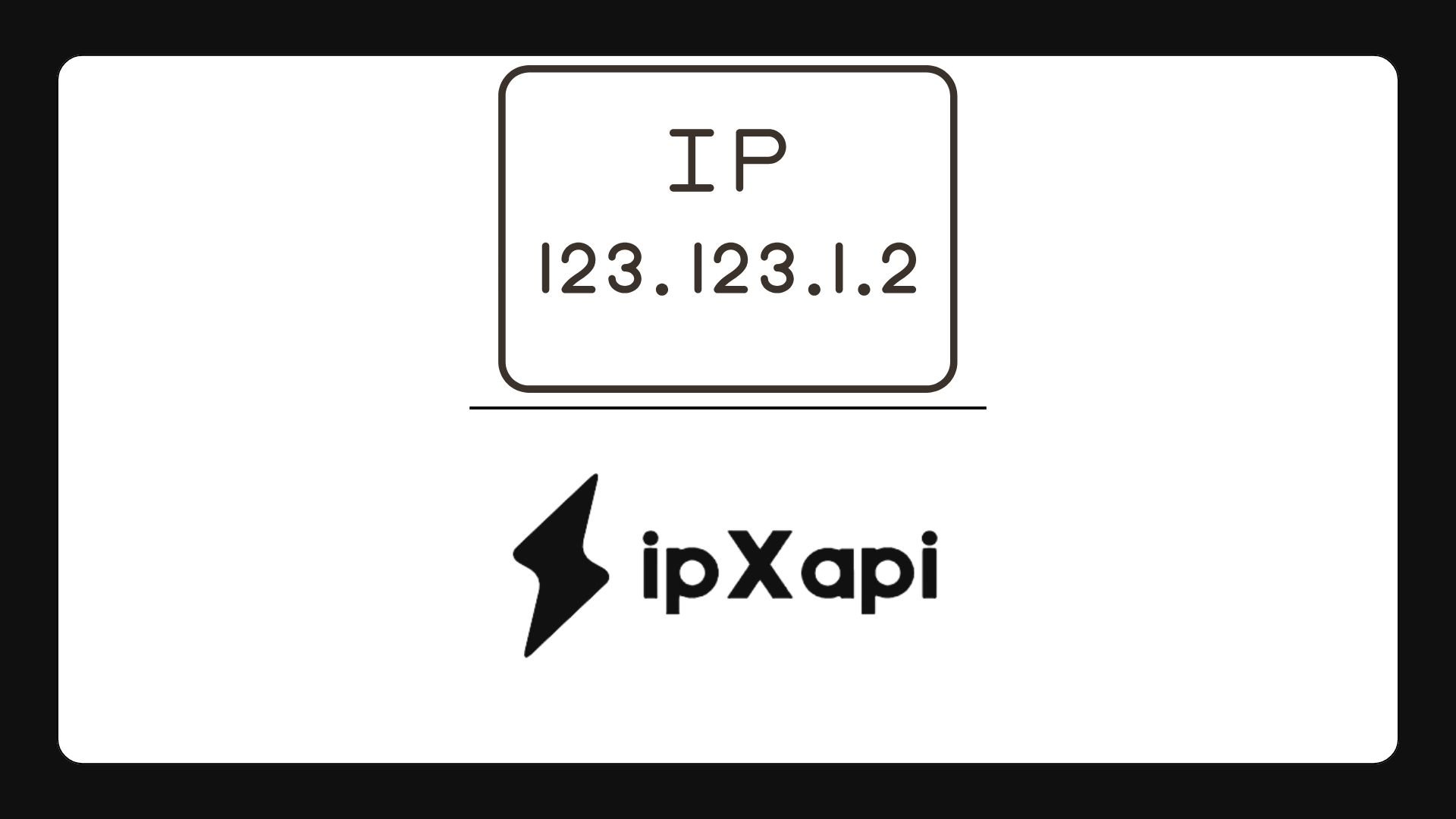IP Abuse Detection API: Enhance Web Application Security

The ability to detect and mitigate such activities is vital, as even a single malicious IP can lead to severe repercussions. Here is where the IP Abuse Detection API comes into play, serving as a powerful tool to safeguard your applications against IP-based threats. This article will explore the challenges surrounding web application security, the significance of addressing IP abuse, and how ipXapi helps businesses bolster their defenses.
Introduction to The IP Abuse Detection API and Its Role in Security
The role of an IP Abuse Detection API is to analyze incoming traffic, assess the reputation of each IP address, and determine whether it poses a potential threat. APIs like ipXapi provide real-time data on IP addresses, allowing security teams to identify abnormal patterns and respond promptly to risks. These tools integrate with existing security infrastructure, such as web application firewalls (WAF) and intrusion prevention systems (IPS), enhancing their overall effectiveness.
An IP Abuse Detection API is indispensable in environments where speed and accuracy are critical. It enables developers and security professionals to filter out malicious IPs while maintaining performance and user experience. Additionally, by leveraging threat intelligence from a global database, such APIs stay up to date with the latest IP threats, making them a reliable layer of defense in a world where cyber risks evolve daily.
Key Features
A critical feature of any IP Abuse Detection API is access to up-to-date, global threat intelligence. APIs like ipXapi aggregate data from various sources, allowing for a comprehensive understanding of the threat landscape. This broad dataset is essential for identifying IPs involved in malicious activities across different regions and sectors.
One of the key advantages of using this API is its ability to deliver real-time alerts. As soon as a malicious IP is detected, the system flags it, enabling immediate response. This rapid detection helps mitigate threats before they escalate. IP reputation scoring assigns a numerical value to each IP based on its past activities. If an IP has been linked to suspicious behavior, such as spam or malware distribution, its score will reflect that. By using this scoring system, organizations can prioritize which IPs to block or monitor closely.
Tracking where IPs originate is another valuable feature. Some attacks come from specific regions that are known for cybercrime, while others use anonymization techniques. Geolocation data allows security teams to make informed decisions about blocking entire regions or setting up more stringent defenses.
Overview of Web Application Security Challenges
Web applications are often a favorite target for cybercriminals due to their accessibility and the valuable data they handle. Securing these applications involves more than protecting internal networks or individual devices—it requires addressing multiple vectors of attack, such as SQL injections, cross-site scripting, and man-in-the-middle attacks. While some threats may be well-known, others, such as IP abuse, often go unnoticed until it’s too late.
One of the biggest security challenges is the sheer volume of traffic modern applications must handle. As web traffic grows, distinguishing between legitimate and malicious requests becomes a complex, time-sensitive task. Traditional security measures, such as static firewalls, often fail to provide adequate protection against dynamic, evolving threats. This leaves web applications vulnerable to a myriad of attacks that exploit weaknesses in IP behavior.
Furthermore, the adoption of cloud services and third-party APIs has introduced new layers of complexity in securing applications. These services often rely on external traffic, increasing the attack surface and making it harder to detect abnormal activity. As attackers grow more sophisticated, leveraging advanced techniques such as botnets and anonymized IPs, the need for dynamic security solutions becomes clearer.


